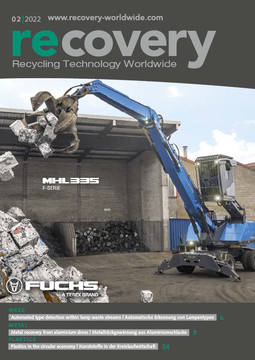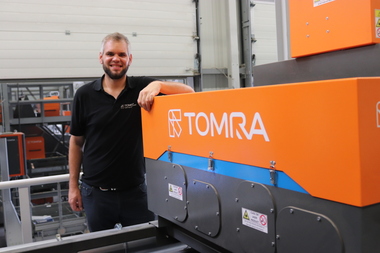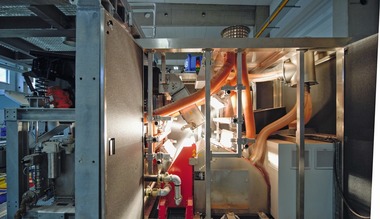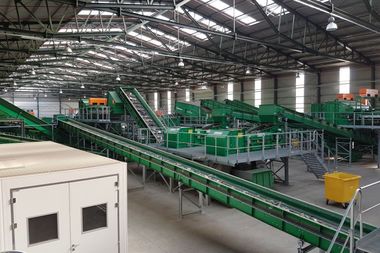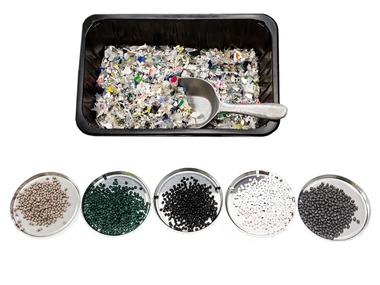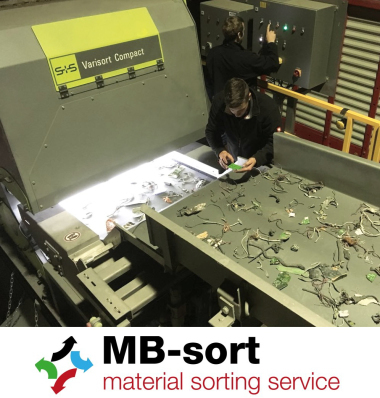Study on the automated type detection within lamp waste streams for recycling
EucoLight, the European Association of collection and recycling organisations for Waste Electrical and Electronic Equipment (WEEE) lamps and lighting, has carried out successfully a study with Fraunhofer IZM on the technical feasibility for the automatic identification of lamp types in the collected lamps waste stream for recycling.
The study focused on the technology assessment for the separation of collected End-of-Life (EoL) lamps, more specifically the technical possibilities for separating conventional gas discharge lamps (GDLs) from conventional light-emitting diode (LED) lamps. The project consisted of first a theoretical phase in which technological possibilities for sorting methods were explored and described. Based on this potential analysis, followed the testing phase, concentrating on static and dynamic testing with three promising sorting technologies.
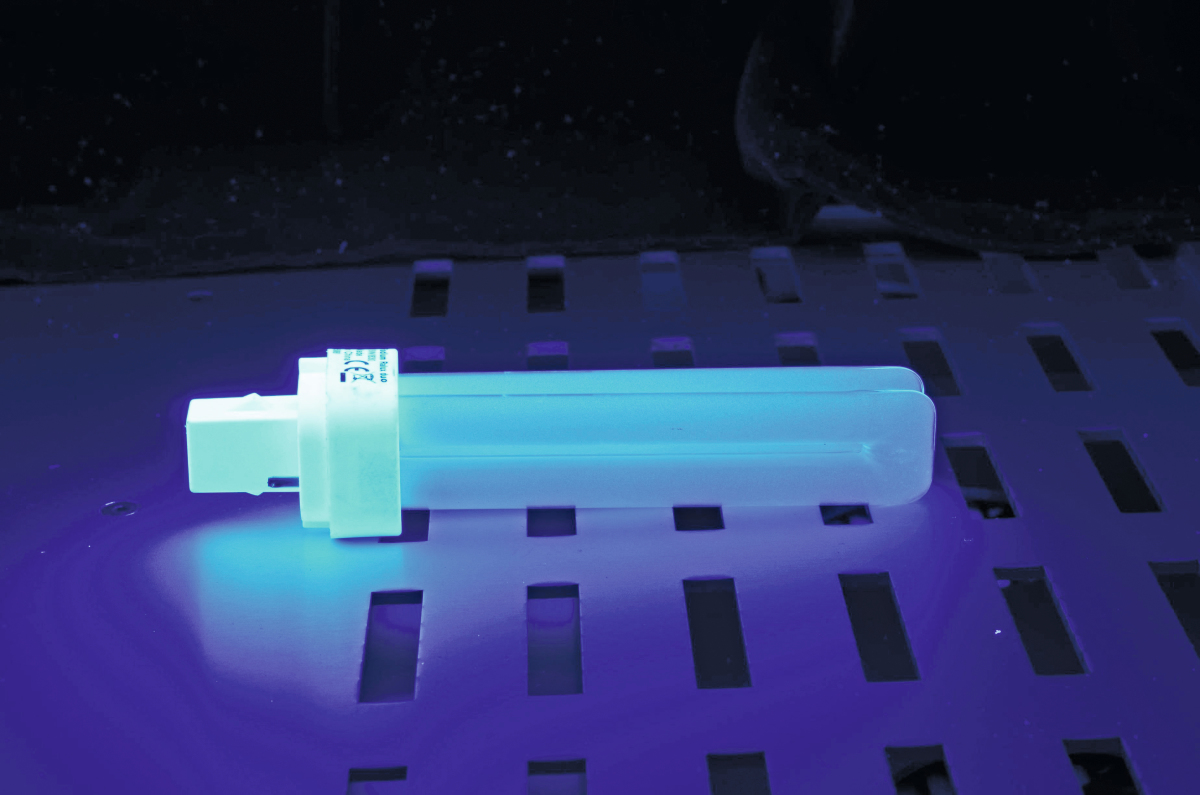 Digitalizing the recycling stream of lamps: Using blue light and electromagnetic induction, lamp waste can be detected with up to 100 % accuracy. The investigations were carried out in cooperation with OUT e.V.
Digitalizing the recycling stream of lamps: Using blue light and electromagnetic induction, lamp waste can be detected with up to 100 % accuracy. The investigations were carried out in cooperation with OUT e.V.
© Fraunhofer IZM
Ultimately however, only two methods, the blue light and electromagnetic induction tests, were considered promising and carried out in detail. Test results showed: The correct detection of non-broken GDLs totalled 100 % in the electromagnetic alternating field. Broken GDLs cannot light up in the electromagnetic alternating field, since the gas has escaped, which is needed to generate the light in combination with the mercury.
The tests with the electromagnetic coil have also shown that the large chip area of the LED filament lamps can light up due to induction, this should be excluded by employing filters in the Hg and Ar ranges. The correct detection of LED lamps amounted to 60 to 90 % with blue light. The recognition rate can be increased by aligning the lamps so that they can be lit directly and with sensitive optical sensors which requires further testing. Since a few GDLs also showed a reaction to the blue light, these exceptions would have to be sorted out manually or via image recognition. The use of filters for certain spectral lines would not be suitable here, since the LEDs and GDLs that light up while being exposed to blue light do not show any difference in emitted wavelengths.
Afterall a combination of both methods e.g. integrated in one optical detection lens leads to an promising approach for a practical application enhanceing existing recycling plants or new designed technologies. In particular, Fraunhofer IZM investigated the success rate of the electromagnetic approach and also recommends combining it with optical detection. Using samples from one of the German lamp treatment plants, it was successfully demonstrated that the combination of sensitive optical sensor, electromagnetic induction and selection via blue light improves the sorting and recycling process not only in terms of quality but also in terms of process speed.
Based on the knowledge generated by this study EucoLight hopes to initiate the development of recycling processes to make them more efficient and to gain a high level of materials to be reused. The study is available to the public and can be found under

